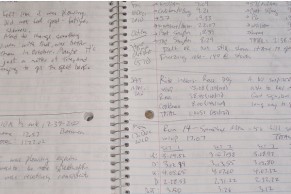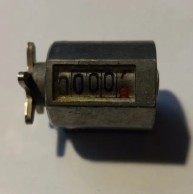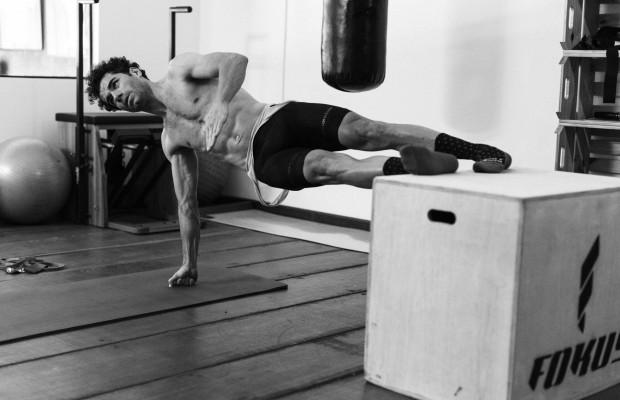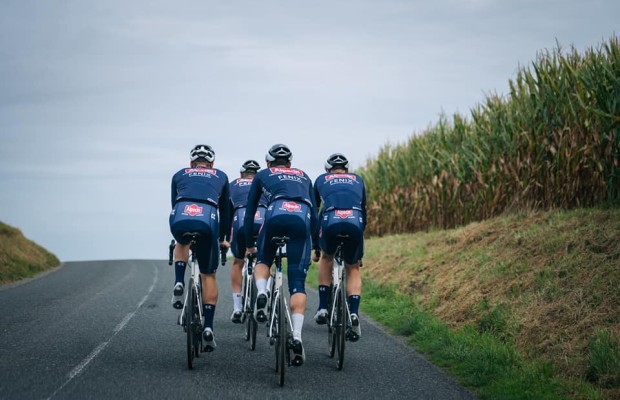Volume per kilometers or per hours, which is better?
When quantifying the volume of training, there are two ways to do it, counting the kilometers we do or the time we spend on the bike. Logic indicates that the appropriate way to quantify this parameter would be to count the hours spent pedaling, however, traditionally, the kilometers traveled have been the benchmark.

And you, do you count hours on the bike or kilometers traveled?
In many aspects, cycling continues to be a very elitist sport, especially when referring to road cycling, and many customs are passed down from generation to generation without anyone questioning why or if they are the most appropriate.
One of them is counting the kilometers traveled as a measure of training volume, something that even was common before the first cycle computers made their appearance as an inseparable accessory of the bike. In fact, who has never been asked or counted, to define their level, the kilometers they ride annually.
RECOMENDADO

Although counting the kilometers traveled has traditionally been common in cycling, it is a custom that settled when structured training methodologies began to be applied, whose origin is in athletics, a discipline that bases all its running workouts on distance and pace. In fact, to measure speed, minutes per kilometer are used as a unit and the training venue par excellence has been the track where series and intervals can be measured to the centimeter.
However, in cycling, using distance is at least strange. Someone who rides 100 kilometers on the plains of Castile does not do the same training volume as someone who faces a 100-kilometer route going up and down ports in the Pyrenees. That is why time on the bike and not distance should always be used as the main data when quantifying volume, especially if our training already has a certain touch of seriousness and planning.

Even if we always ride the same routes, where the distance parameter could be useful to quantify the volume done, with the progress of the season and the improvement in our fitness levels, average speeds will increase and, therefore, the same amount of kilometers will mean a lower training volume.
In any case, especially at the cycling tourist level, kilometers continue to be a parameter to boast about and impress people, especially if we are recounting our cycling feats to someone unfamiliar with this sport. Who has not received the response: "if you ride more kilometers in a year on your bike than I do in my car"?

The method of kilometers is also usually used when training in a more or less controlled place, which, in addition, can serve as a reference to check improvement. A clear example would be a training session of, for example, doing x climbs to a certain port. Similar to the case of an athlete who is told to do 400m intervals on the athletics track.
Whatever method you choose, what is essential, if our intention is to improve on the bike, is to use a measure to quantify the volume. What is not measured cannot be improved and if our goal is as simple as "riding more bike", we will not know until we count in some way, whether kilometers or hours, what we really do, something that, fortunately, is extremely easy nowadays with current cycle computers and the applications where we can store all our outings that usually do all those calculations for us.





